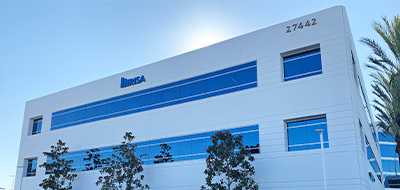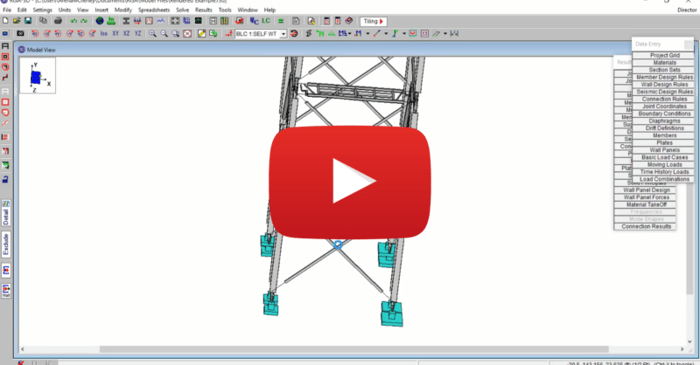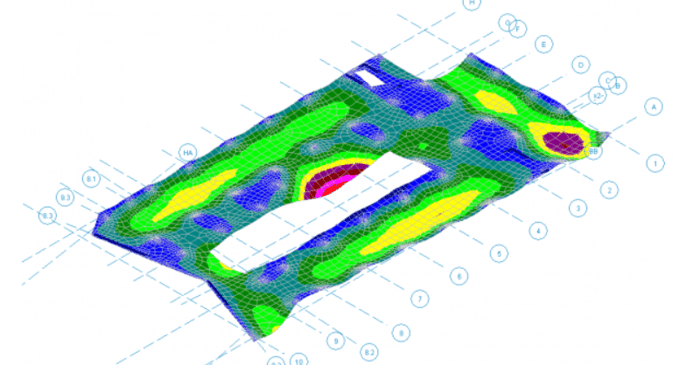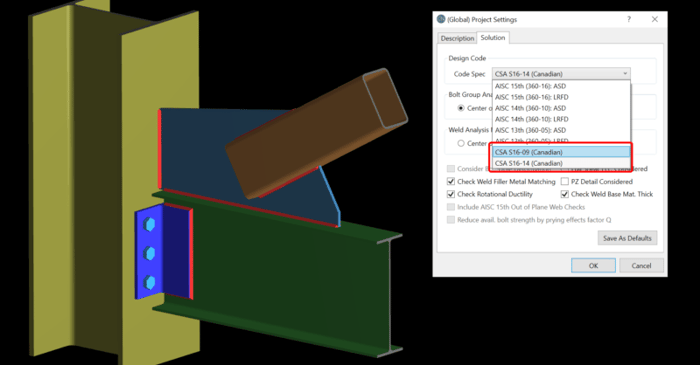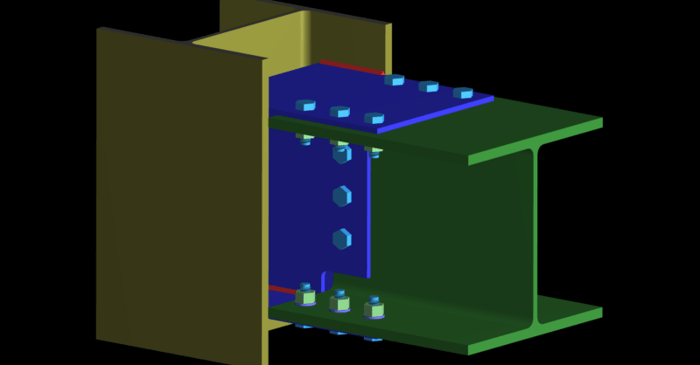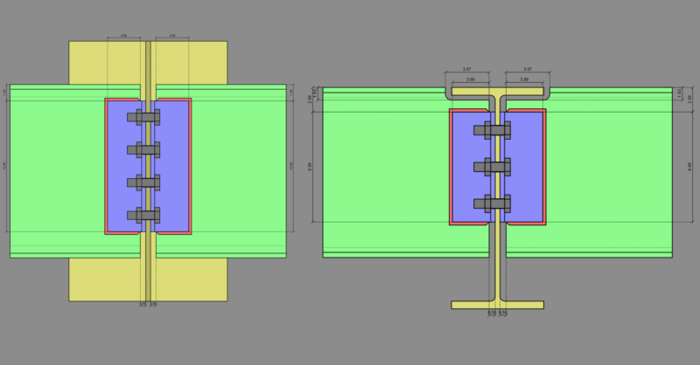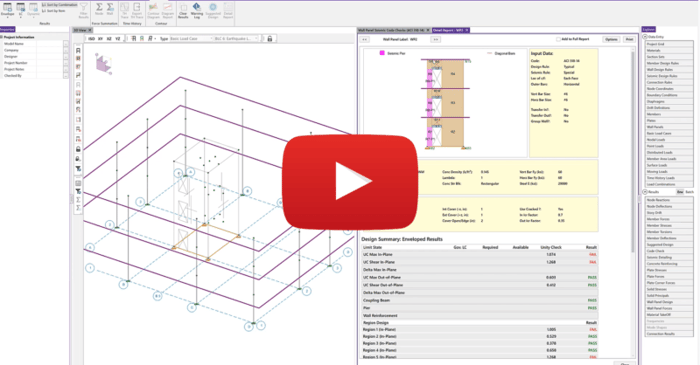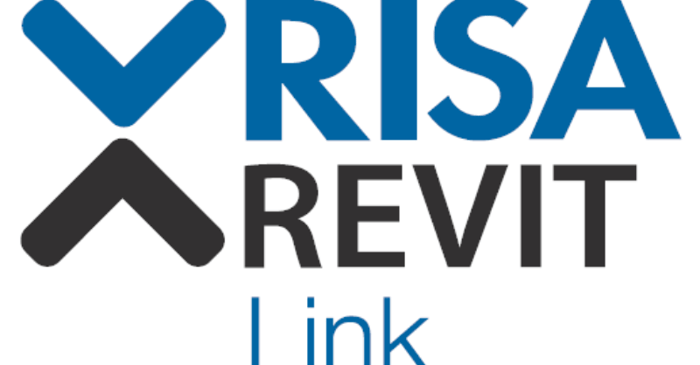
May 17, 2018
RISA-Revit 2019 Link Now Available
RISA is pleased to announce the release of the latest RISA-Revit Link which is compatible with Revit 2020. The RISA-Revit Link v19.0 allows seamless integration between RISAFloor, RISA-3D, and Autodesk Revit. The latest version now includes the ability to import beam reinforcement details from...



